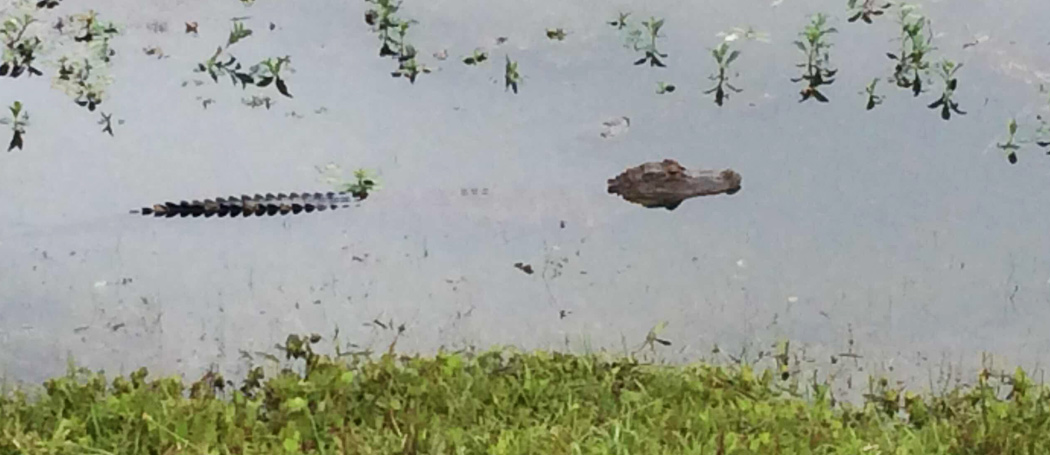Thermal Pollution; The Effect of Summer Heatwaves on Stormwater
by Anna Espenhahn, Marketing Coordinator
When you think of water pollution, images of sea life swimming through plastic or agriculture fertilizer runoff likely come to mind. While this physical, more observable, and increasingly pressing form of water pollution tends to be the focus of environmental activism, there is another less talked about the threat to our waterways: thermal pollution.
Thermal pollution is the degradation of water quality due to unnatural changes in water temperature. While artificial increase and decrease of water temperature are considered thermal pollution, stormwater generally warms receiving water bodies, and therefore warming thermal pollution will be our focus. This type of pollution often goes unmentioned when discussing stormwater. However, with summer heat in full blaze, it is essential to remember the environmental effects of sudden water temperature changes and how stormwater systems can help.
The University of Minnesota conducted a study on thermal pollution from paved surfaces. This study found that out of 261 rainfall events in the summer, the average water temperature change from interacting with paved surfaces was 3.0°C, with a maximum of 15.9°C [1]. The study also concluded a relationship between the increase of rainfall temperature to runoff temperature and ground surface temperature [1]. “The heat exported by runoff from a rainfall event is a combination of the heat energy in the rainfall itself plus the heat energy gained or lost as the water runs off the land surface” [1]. This warmed runoff then makes its way into the natural environment, heating the water bodies it reaches, and ultimately harming the environment.
Slight increases in temperature can have a drastic impact on the ecology of lakes, rivers, streams, and even oceans. Warmer water temperatures decrease dissolved oxygen concentration, leading to the suffocation of marine wildlife [2]. Wildlife reproduction can also be affected by warmer water temperatures. The heat can kill eggs adapted to cooler temperatures and cause premature release of eggs, increasing abnormal development [2]. Temperature changes that are too drastic and too sudden can lead to mass deaths in plants, insects, amphibians, and fish due to thermal shock [2]. If this were to occur at the outlet of a stormwater system, the killing of vegetation could cause dramatic erosion, requiring expensive reconstruction and possible Notices of Violation. While some species may be able to adapt quickly enough to sustain their population, some degree of biodiversity is lost [2].
That is where stormwater systems come into play. A 2019 study found that Low-Impact Developments, LIDs, “reduce the thermal load” carried by stormwater into the natural environment [3]. While this study focused on pervious paving systems, such as pervious concrete, it is mentioned that other LIDs such as rain gardens and merely planting grass have shown thermal reduction benefits as well [3]. This is due to the absorption of rainwater by the pervious surfaces. Water detention or retention prevents stormwater from reaching water bodies and cannot contribute to thermal pollution. It also prevents future stormwater warming because the absorbed water can later evaporate and cool the surface, like sweat cooling the body. This process prevents the ground from getting hot enough to warm stormwater that would lead to thermal pollution in the first place.
To learn more, read our previous blog Concrete Jungles Going Green which discusses the benefits of LIDs further.
References
| [1] | W. R. H. O. M. a. H. G. S. William R. Herb, "Thermal pollution of streams by runoff from paved surfaces," Wiley InterScience, pp. 987-999, 2008. |
| [2] | J. Friedman, "What You Need to Know about Thermal Pollution And Its Causes," Conservation Institute, 2018. |
| [3] | M. D. K. R. A. W. R. B. R. W. J. A. O. a. K. B. Charlene LeBleu, "Quantifying Thermal Characteristics of Stormwater," Hydrology, 2019. |
